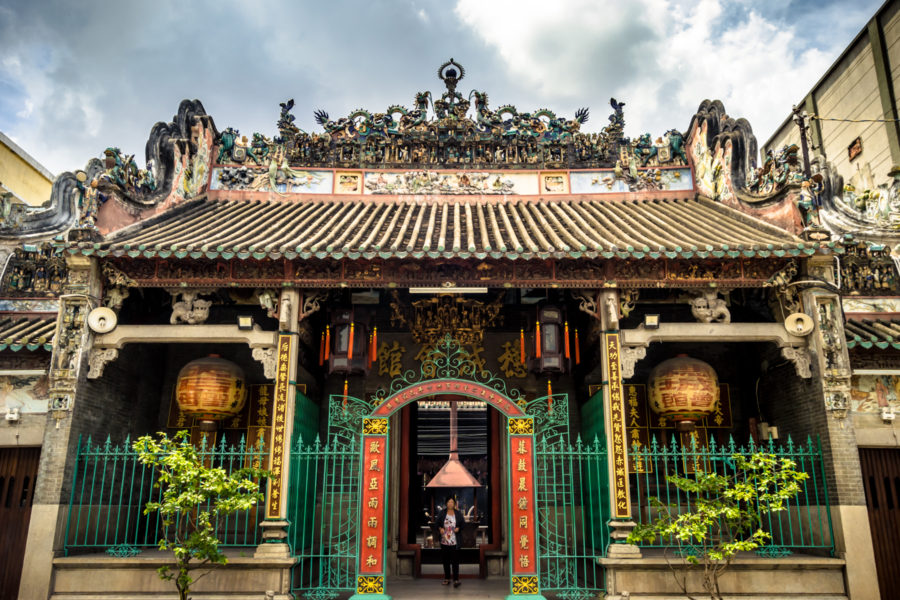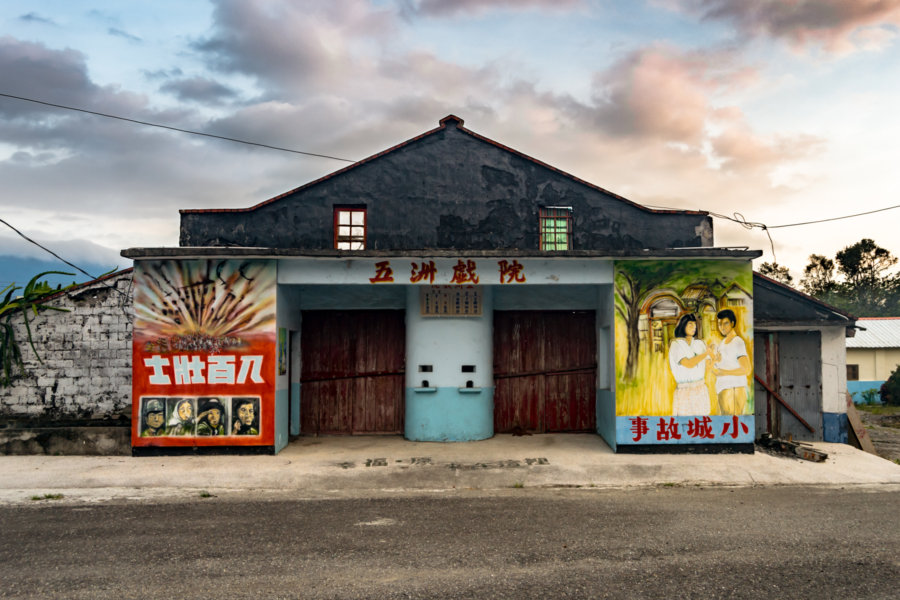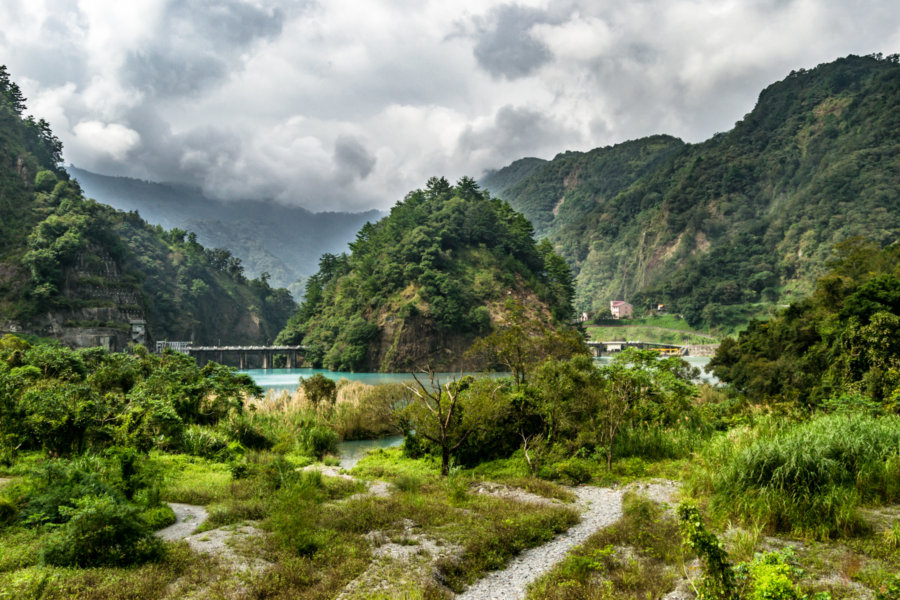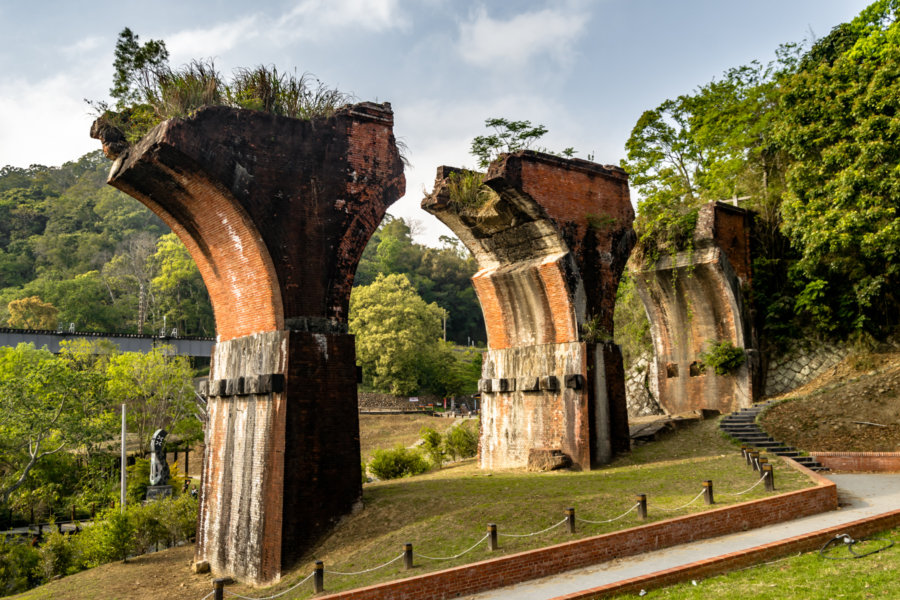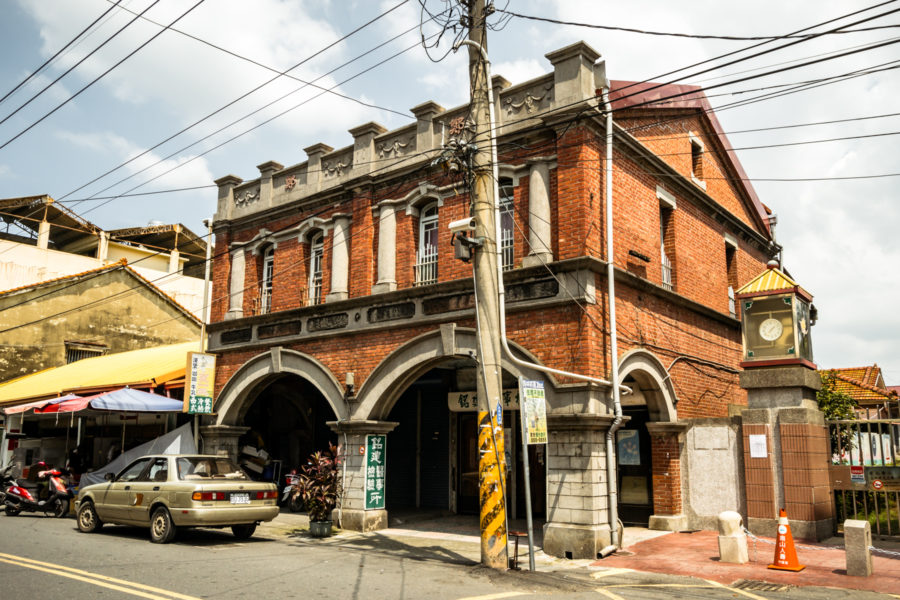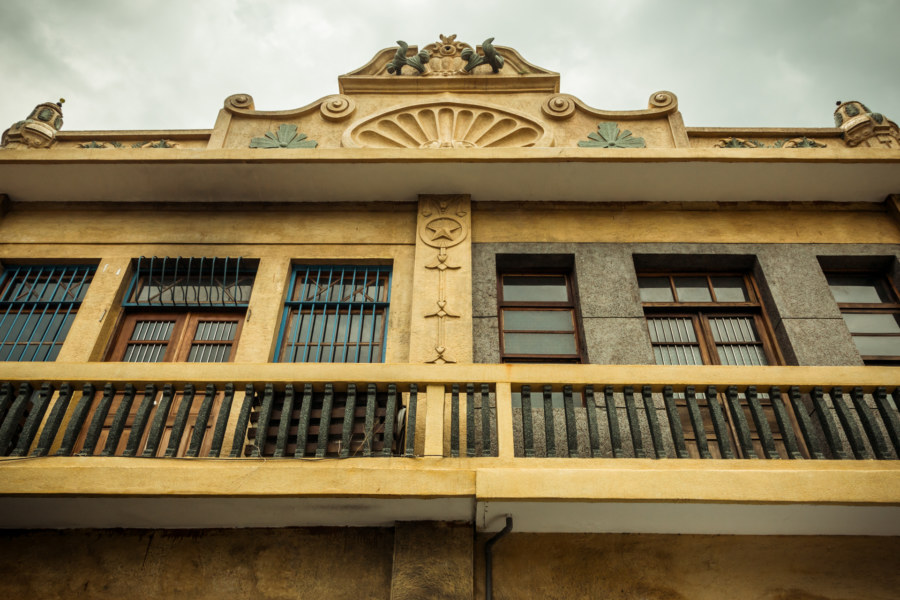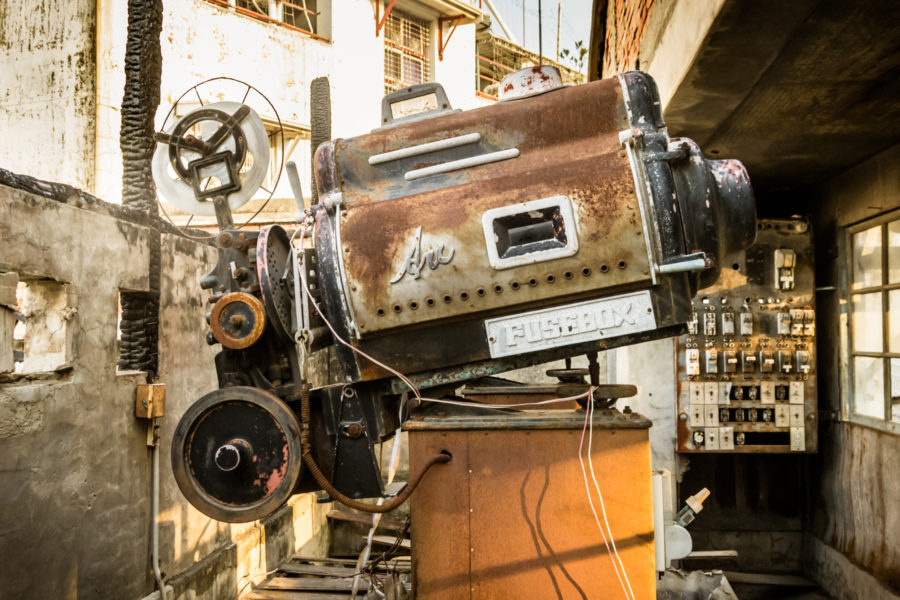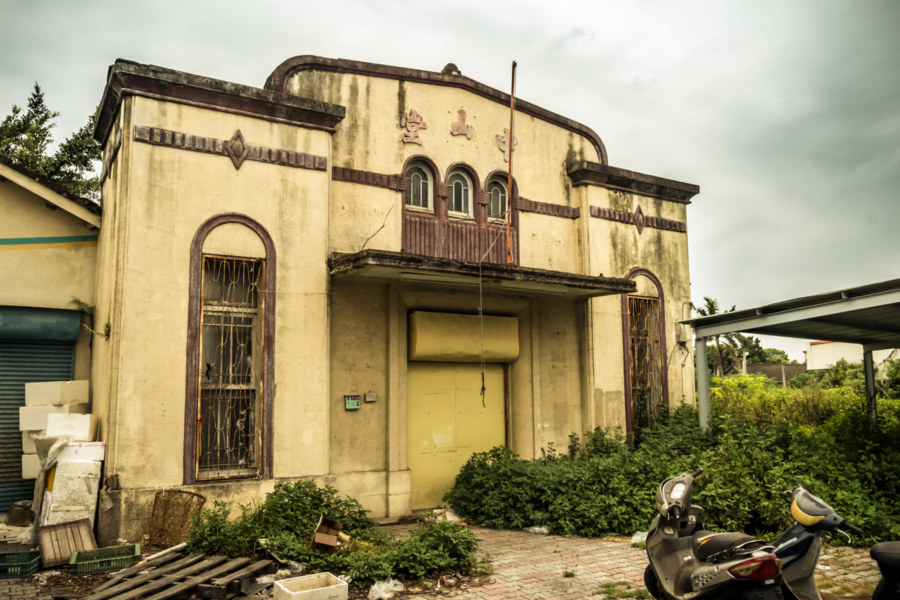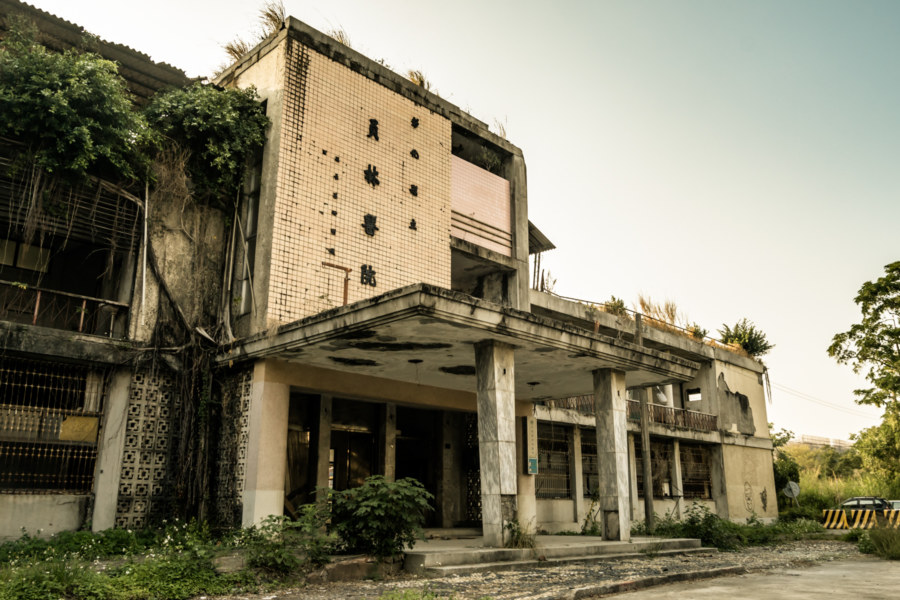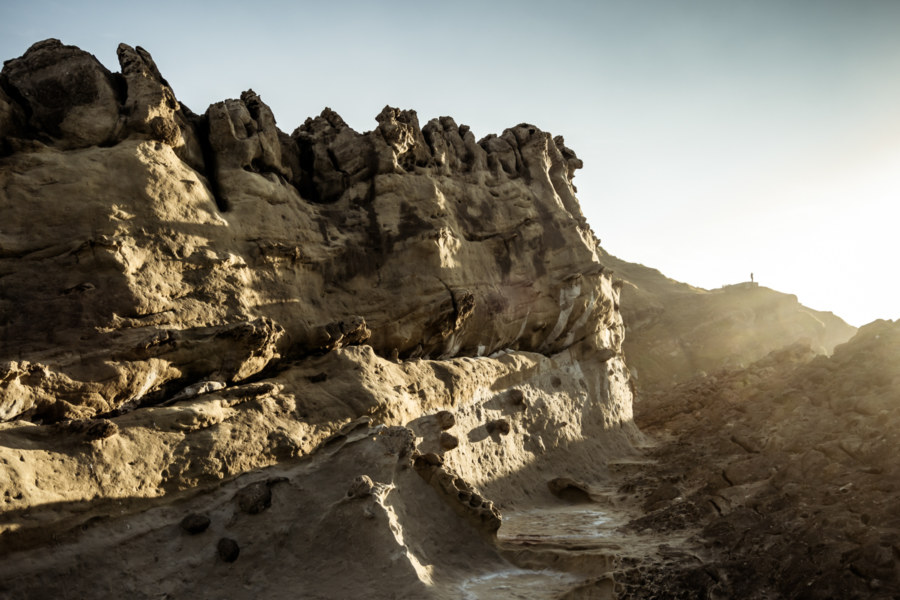On several recent trips to Ho Chi Minh City I spent some time wandering around Cholon, a vast and historic Chinatown located about five kilometers west of the downtown core of colonial Saigon. Originally settled in the late 17th century by ethnic Chinese settlers, the Hoa People 華人, it was known by its Cantonese name, Tai-Ngon 堤岸 (literally “Embankment”, but it is also roughly homophonous with “Saigon”). Later the Vietnamese dubbed it Cholon (“Big Market”) after the forerunner of the modern-day Binh Tay Market. The Hoa people were once the majority in Cholon but many fled persecution in the aftermath of Fall/Liberation of Saigon in 1975, and again during the Sino-Vietnamese War. Nowadays the Hoa people only account for approximately 5% of the population of Ho Chi Minh City (less than half the proportion of ethnic Chinese living in Toronto, my hometown) but their imprint on the streets of Cholon is readily apparent, particularly in the form of the many distinctive temples and guildhalls of the district.
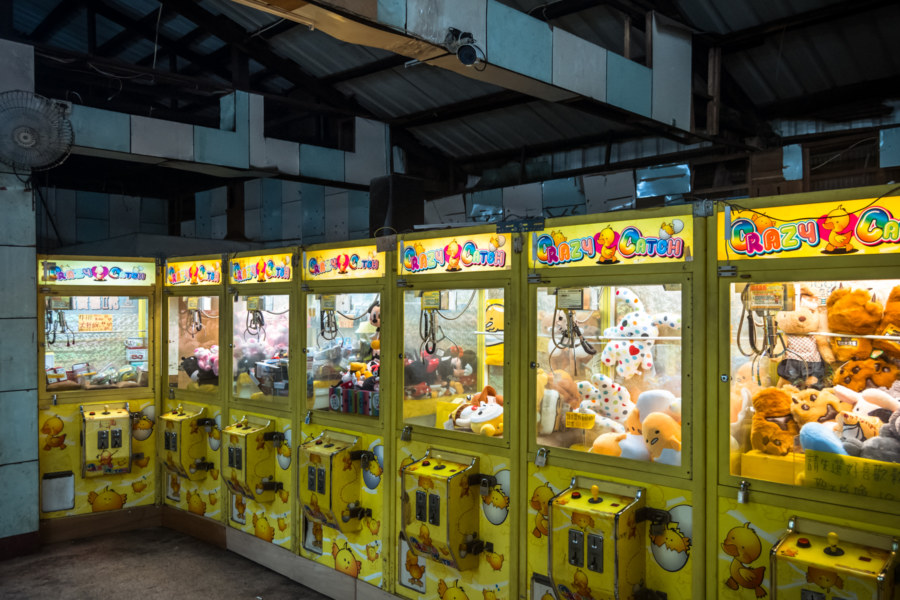
Anything that doesn't really fit anywhere else. The odds and ends, miscellaneous leftovers and random junk.
Subterms
Chishang Wuzhou Theater 池上五洲戲院
Wǔzhōu Theater (五洲戲院) is the last remnant of cinema in Chishang, Taitung, a picturesque town located in the fertile Huadong Valley of Taiwan. Built in 1965 in the midst of the Taiwan Economic Miracle, it remained in business until 1982. After the final screening the theater was neglected for decades, falling into disrepair but remaining more or less intact until recently. More recently Chishang emerged as a tourist destination, prompting a local community development association to invest in revitalizing the theater in 2013.
Nantou Road Trip 2015: Ren’ai
My second day on the road in Nantou County in October 2015 was completely unplanned. I left Puli and headed deeper into the mountains simply to see what was there, not having done any advance research. From a glance at the map I had a rough idea where I’d be going—deeper into traditional Taiwanese Indigenous lands to the east of Puli Basin (埔里盆地). Ultimately I ended up visiting several settlements and two reservoirs in a few hours of riding around what is now known as the township of Ren’ai.
Longteng Broken Bridge 龍騰斷橋
Lóngténg Broken Bridge (龍騰斷橋) is a historic roadside attraction in the rolling hills of Sanyi in southern Miaoli, Taiwan. More formally known as Yúténgpíng Broken Bridge (魚藤坪斷橋), it was originally constructed in 1907 during the Japanese colonial era, connecting Zhunan and Taichung along what is now known as the Old Mountain Line (舊山線). The bridge collapsed during the devastating 1935 Hsinchu-Taichung Earthquake but the ruins were never cleared away. Further damage was done in the 921 Earthquake in 1999. Several years later, in 2003, it was designated a historic site by the county government and subsequently developed for tourism along with the former Shèngxìng Railway Station (勝興車站).
Postcards From Ershui 二水明信片
Ershui is a rural township located in the southeastern corner of Changhua, bordering Yunlin and Nantou. Ershui Station 二水車站, constructed in 1935, is the primary point of transfer between the Main Line 縱貫線 of the Taiwan Railway Administration (TRA) and the Jiji Line 集集線, a tourist railway leading into the interior. Ershui, which literally means “two water”, is named after the Bābǎo Canal 八堡圳, an extensive system of artificial waterways still responsible for irrigating much of the Changhua Plain 彰化平原 three centuries after it was devised. During the Japanese colonial era this small town prospered as a center of woodworking while farmers in the countryside cultivated bananas, grapes, guava, and tobacco, among other crops. Nowadays it is mainly known as a sleepy stopover on the way to parts beyond—but a closer look will reveal several points of interest for anyone curious about Taiwanese history, architecture, and vintage style.
Postcards From Xiluo 西螺明信片
Xiluo is a small historic town on the south bank of the Zhuóshuǐ River 濁水溪 in Yunlin. It emerged as an important center of trade in central Taiwan during the Qing dynasty era and continued to prosper into the early 20th century under Japanese colonial rule. Disaster struck in 1935 when the devastating Hsinchu-Taichung Earthquake ripped through north-central Taiwan, reducing much of Xiluo to rubble. Colonial authorities and the local gentry worked together to rebuild, taking the opportunity to completely remodel the main commercial thoroughfares with an intriguing blend of influences from Baroque Revival, Art Deco, and Modernist architecture. A short stroll down Yánpíng Old Street 延平老街 reveals that many of these unique shophouses and commercial buildings remain standing today.
Xinying Chenggong Theater 新營成功戲院
Despite its relative obscurity Xinying is the largest settlement along the railway line between metropolitan Tainan City and Chiayi City. It was the capital of Tainan County prior to amalgamation in 2010 and remains the secondary administrative seat of Tainan. Located on the broad and fertile Chianan Plain, it was also an important transportation hub for the sugar industry, and what remains of the Japanese colonial era sugar factory can still be found on the south side of town. Xinying was also home to half a dozen standalone movie theaters in its heyday, but most have since been demolished. I was fortunate to visit the ruined KMT authoritarian era cinema Chénggōng Theater (成功戲院) in 2017, not long before it was completely destroyed.
Ershui Assembly Hall 二水公會堂
Ershui Assembly Hall 二水公會堂 is located in Ershui, a small town at the very southern edge of Changhua, on the border with both Yunlin (to the south) and Nantou (to the east). It is one of approximately 70 assembly halls built all around Taiwan to accommodate large public gatherings during the Japanese colonial era. This particular example was built in 1930 and is one of three remaining in Changhua. The other two—in Changhua City and Lukang—are both fully restored heritage properties open to the public, but the smaller Ershui Assembly Hall has been derelict for years, a consequence of a long-running legal dispute between the landlord and local government complicating preservation efforts.
Yuanlin Hospital 員林醫院
Despite having spent a lot of time in Yuanlin, a mid-sized city in central Changhua, Taiwan, I have only recently begun to explore some of its more famous ruins. Among these is Yuanlin Hospital 員林醫院, formally the Changhua County Yuanlin Hospital 彰化縣立員林醫院, originally built in 1963 and operational until the the turn of the millennium. Nowadays it is one of the more notorious abandoned places in central Taiwan, where it is regularly featured in news reports, particularly around Ghost Month 鬼月. Taiwanese media engage in an annual outpouring of overly sensationalized stories about haunted places—and hospitals, as liminal spaces of birth and death, often appear in such reports, complicating research into the real story of what went on.
Postcards From Badouzi 八斗子明信片
Near the end of my first summer in Taiwan I visited Bādǒuzi (八斗子), a rocky headland, coastal park, and major fishing port at the far eastern edge of Keelung. I went there on impulse, not knowing what to expect, just to see what was out there. Google Maps and Taiwan’s excellent public transit system make random explorations like this almost effortless: pick a point of interest and follow the directions—the digital equivalent of throwing a dart at a map. This post features a selection of retouched photos from this expedition alongside the sort of explanatory text I wouldn’t have been able to write back in 2013. Fair warning for arachnophobes: this post contains several gratuitous photos of giant spiders and other creepy crawlies!
